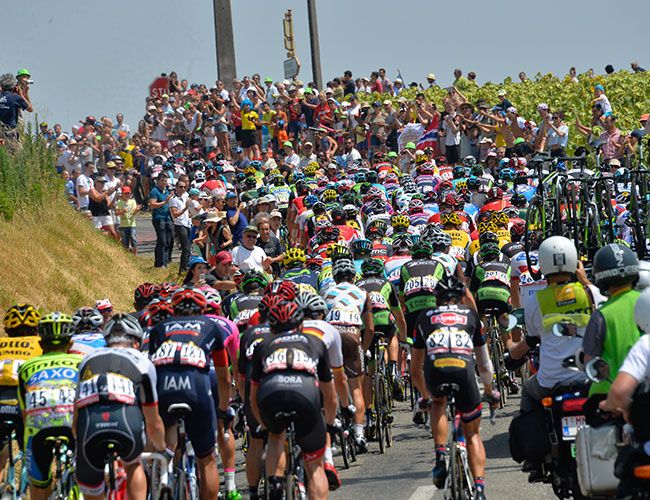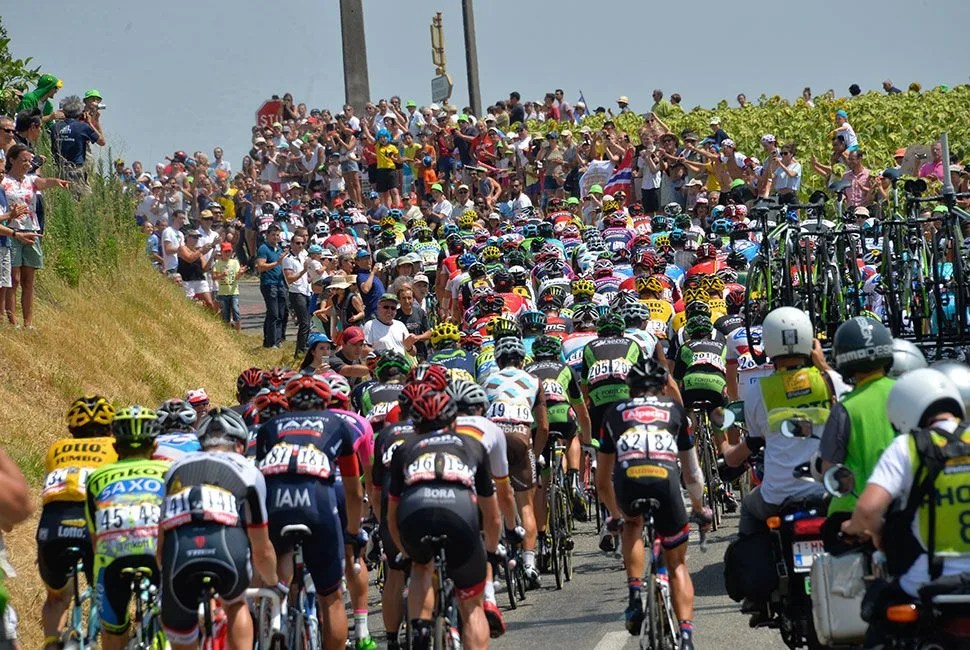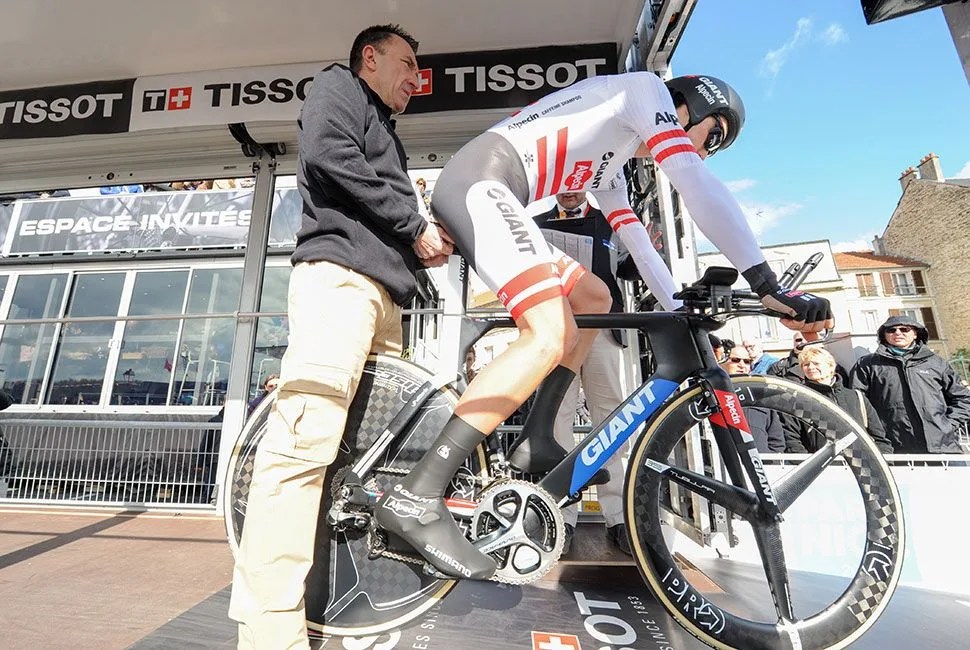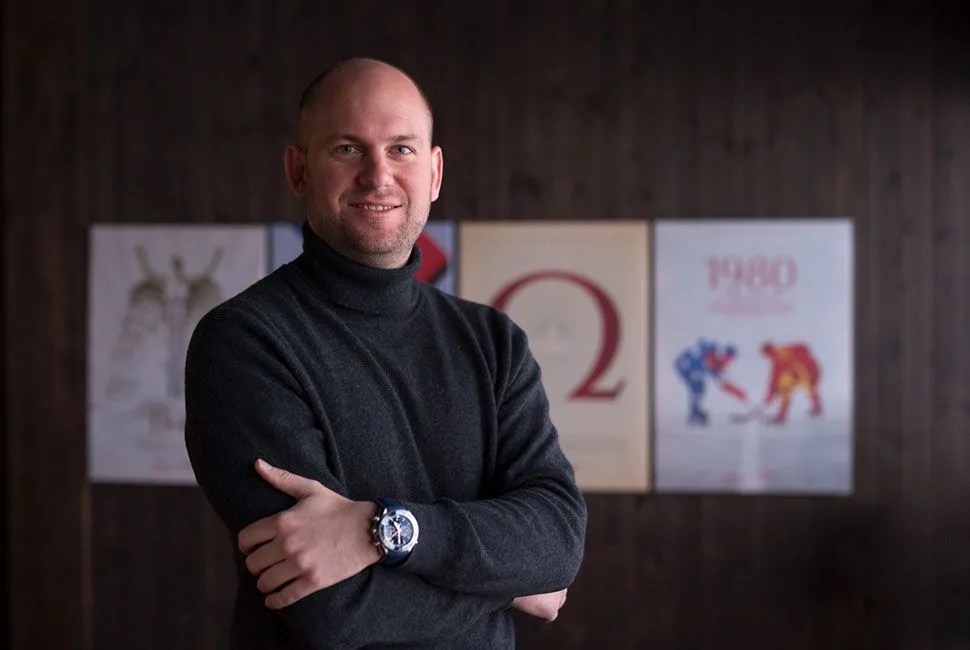3 photos
When the world’s largest cycling race comes to a conclusion this Sunday, 198 riders (minus those lost to attrition) from 35 countries will have ridden close to 2,193 miles over three weeks, counterclockwise around France, from Normandy to Paris. It’s a massive spectacle requiring the hard work not only of the athletes competing, but also their support teams, race organizers and local and national authorities who all ensure this very public, complicated and dangerous spectacle comes off without a hitch for the 103rd time in history.
But there is another team of people whose work goes largely unnoticed: the timekeepers. Time is the race’s ultimate decider; the winner is the man who makes the lap of the country in the least amount of it. So it’s important that every second ridden by every athlete for all 21 stages is accounted for — even in cases like Chris Froome’s crash that had the yellow jersey running to the finish of Stage 12 as his lead ticked away. This year, that task falls to Tissot, which took over as the official timekeeper. We asked Alain Zobrist, the CEO of Swiss Timing, to explain some of the technology, process, branding and challenges of timing the Tour de France.
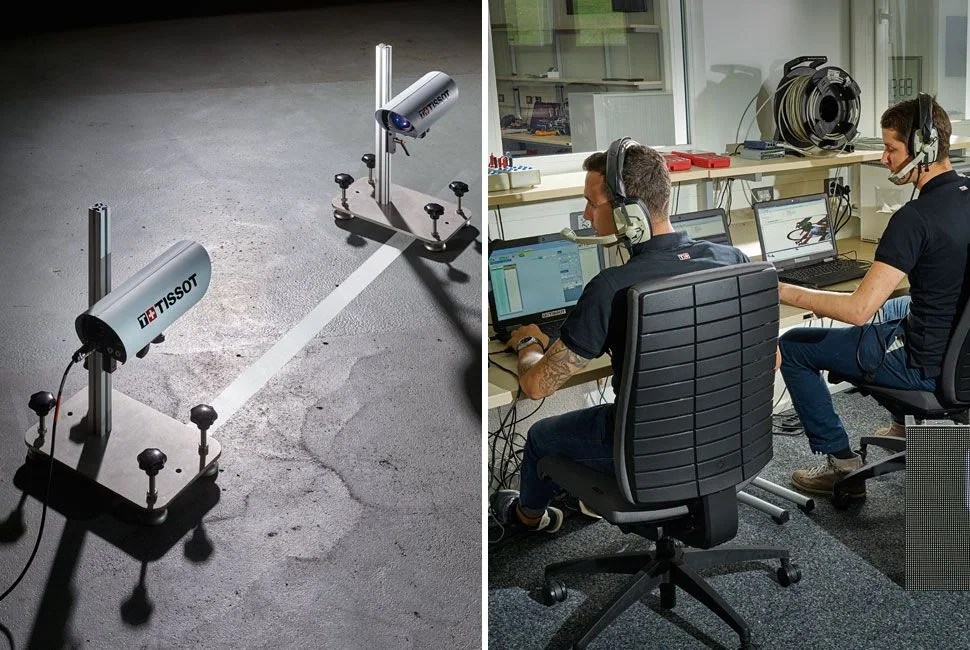
Tissot uses photo cells at the starting line of each stage to give the signal to start the clock, then measures intermediate times wherever they may apply.
Q: Walk me through the process for timing a stage of the Tour de France.
A: Depending on when the race starts, we start very early in the morning to install the starting equipment and make sure that everything is set once the athletes arrive; the same thing for the finish area. We are testing constantly that the system works. In between, we are getting in data, which we transfer to other clients then, such as media, TV, and so on.
One of the complex parts of what we deliver at the Tour de France is that there is not only one result list. There are many. We have to take care of the points ranking, the youngest athlete and so on. All these results vary from one to the other. Obviously, we are waiting until every racer crosses the line so that might take a while. Then we finish all the reports and result lists. Once everything is signed off and made official by the judges, in the evening, everything is dismantled and everybody goes to the next stage hoping that it’s not too far away. We pack and we build up again, every day for three weeks.
